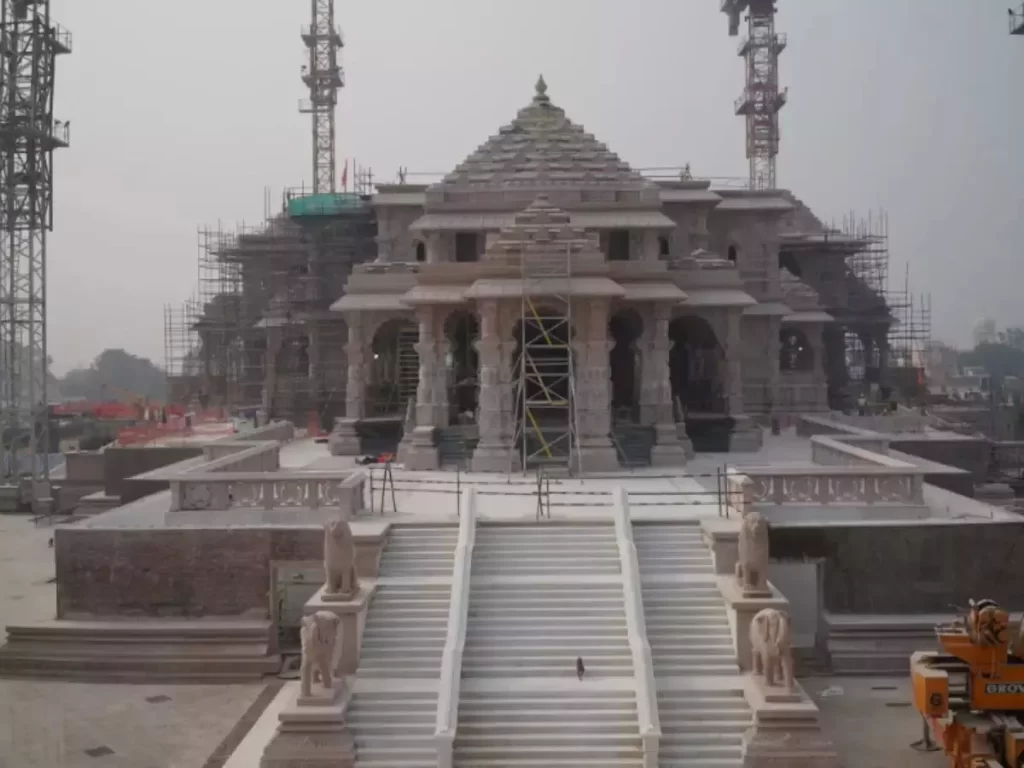No cement or iron used, Ayodhya Ram Temple can withstand 8-magnitude earthquake; this Himachal institute played crucial role in construction, provided tulips too

The Newz Radar
DHARAMSHALA: The foundation of the Ram Mandir structure in Ayodhya has been claimed to be earthquake-resilient, capable of withstanding tremors up to magnitude 8 on the Richter scale. What makes this feat even more extraordinary is the revelation that the temple’s construction completely avoided the use of cement, iron and steel, relying on innovative design and traditional materials.
A Ram Temple official overseeing the project emphasised that the three-storey structure, standing at 360 ft long, 235 ft wide and 161 ft high, is designed to endure strong tremors for as long as 2,500 years. This engineering marvel showcases the ingenuity of the construction team and their commitment to creating a structure of enduring strength without relying on conventional building materials.
The Institute of Himalayan Bioresource Technology (IHBT) at Palampur in Kangra district of Himachal Pradesh was among four institutes that played a crucial role in the construction of the Ram Mandir.
Technical assistance was also sought from National Institutes of the Council of Scientific and Industrial Research (CSIR), the Central Building Research Institute (CBRI) in Roorkee and the National Geophysical Research Institute (NGRI) in Hyderabad. The CBRI significantly contributed to the construction, focusing on the structural design of the main temple, the vetting of the temple foundation and the structural health monitoring of the main temple. The NGRI provided valuable insights into foundation design and seismic safety.
The Ram Temple’s unique ‘Surya Tilak’ mechanism, designed to have the sun’s rays fall on Lord Ram’s idol at 12 noon on Sriram Navami day each year for about six minutes, was technically supported by the Department of Science and Technology’s Indian Institute of Astrophysics (IIA) in Bengaluru. Additionally, other institutions like IITs and ISRO actively participated in providing technical expertise for the grandiose structure. The sandstone used in the construction, quarried from Bansi Pahadpur, Rajasthan, adds to the traditional and aesthetic elements of the temple.
“Palampur’s IHBT not only contributed technically but also added a poetic touch to the Ram Mandir’s ‘pran pratishtha’ ceremony by making tulips bloom, symbolising the divine aspect of this historic moment. As Ayodhya gears up for the consecration ceremony, the Ram Temple stands as a testament to the harmonious blend of tradition, innovation, and resilience,” said the temple official.




